preservation comes second. From now on, the use of patterned stones goes with the taste for valiable curiosities and is linked with the Wunderkammern. Painting on marble and other patterned supports unites the genius of the artist and that of Nature.
In the first decades of the 16th century, it was in Venice that a series of factors converged to inspire Sebastiano's development: on the one hand, the coexistence of polychrome stone and mural paintings on Venetian facades, and, on the other, the city's position as an important centre for the collection of antiquities and as a receptacle of materials and visual sources from the East. The printing in the Serenissima and the nearby city of Ferrara of numerous classical texts and ancient works, whose descriptions suggest a pictorial way of thinking, would have aroused interest in this technique already practised by Greek artists.
The revival of stone collecting in the 16th century drew on the entire reservoir of classical knowledge. Every time a particular stone was described in classical literature, miracles and prodigies were invoked. Such were the curiosities sought after in the second half of the 16th century to supply the Wunderkammer and private museums of Europe illustrious collections are mentioned in Bologna (Ulisse Aldrovandi and Cospi collections), Milan, Verona and Rome.
illustrious collections are mentioned in Bologna (Ulisse Aldrovandi and Cospi collections), Milan, Verona and Rome. Among these treasures are some unusual stones mentioned in documents relating to the collection of the Grand Dukes of Florence: an agate oval in which, by ‘a prodigy of nature’, the coat of arms of the House of Medici stands out (Museo di Mineralogia, Florence); a small chalcedony saltcellar, also in the Medici Collections, which bears a spot that, thanks to a judicious touch-up, resembles a swan (Museo di Mineralogia, Florence). A series of seven images is also documented in the Medici archives, of which only two have so far been identified - The Temptation of Saint Anthony and Mary Magdalene in the Desert (Museo dell'Opificio delle Pietre Dure, Florence).
In some cases, the formation of the stone provided artists with decorations perfectly suited to the stories of the Old or New Testaments.
This is the case for our oval in banded alabaster depicting Christ the Teacher.
In the early 17th century, the main workshops specialising in this type of work were in Florence and Rome. In Rome, these precious and rare paintings were often incorporated into tabernacles for private worship. In the Palazzo Pallavicini, a tabernacle contains an amethyst on which is painted the Adoration of the Magi. In Oberlin, Ohio, there is a small altar with a painting of Abraham and Isaac on amethyst by Jacopo Ligozzi; another in the Victoria and Albert Museum, London, bears an image of the Flight from Egypt.




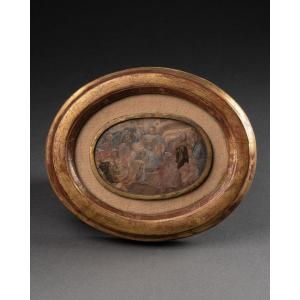



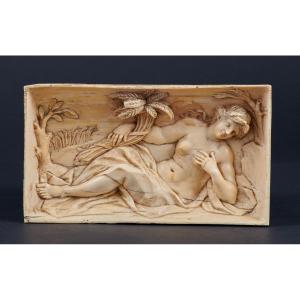


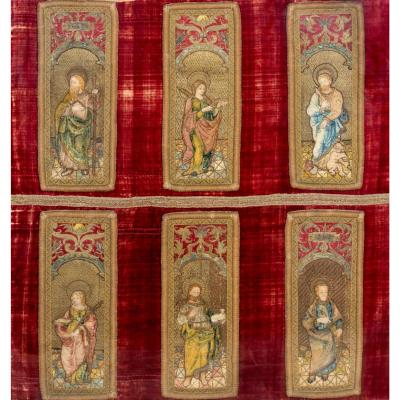
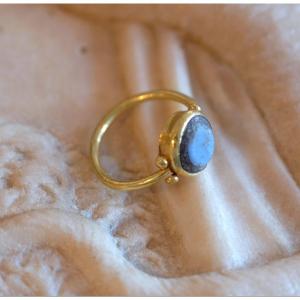




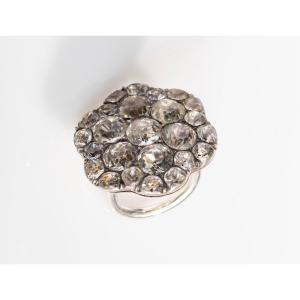
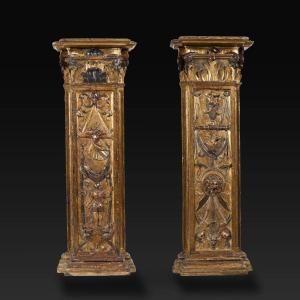











 Le Magazine de PROANTIC
Le Magazine de PROANTIC TRÉSORS Magazine
TRÉSORS Magazine Rivista Artiquariato
Rivista Artiquariato